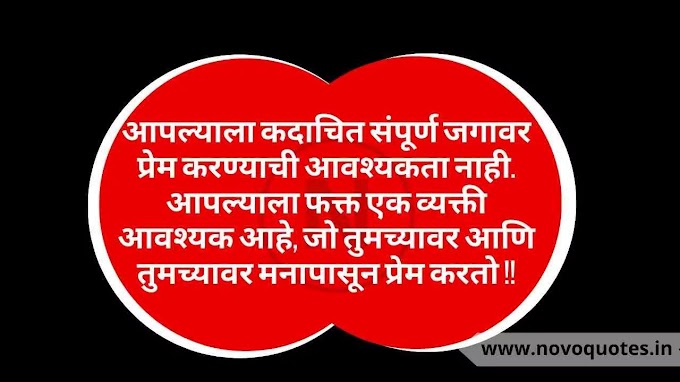Types of Mortgage Loans: Thinking of mortgaging something & taking a loan? Here are some things you need to know about them. Mortgage loans are a critical aspect of the real estate market, enabling millions of people to purchase homes by spreading the cost over a number of years. There are several types of mortgage loans available, each with its own set of features, benefits, and considerations. Here are some of the types you should know of:
1. Fixed-Rate Mortgages (FRMs):
Fixed-rate mortgages are the most traditional form of mortgage. They have a fixed interest rate for the entire loan term, meaning that the monthly principal and interest payments remain the same. This predictability makes budgeting easier for homeowners. The most common terms are 15 and 30 years, but 10, 20, and even 40-year terms are also available.
2. Adjustable-Rate Mortgages (ARMs):
Adjustable-rate mortgages start with a fixed interest rate for a certain period and then adjust annually according to a specific index plus a margin. The initial fixed period can be anywhere from one to ten years, with the 5/1 ARM being one of the most common (5 years fixed, then adjusting annually). ARMs can be a gamble; if interest rates go up, so do the payments, but if they go down, borrowers can save on interest.
3. Government-Insured Federal Housing Administration (FHA) Loans:
FHA loans are designed to help first-time homebuyers and those with low to moderate incomes buy a home. FHA loans are backed by the government, which means that if the borrower defaults, the government ensures that the lender gets paid.
4. Veterans Affairs (VA) Loans:
These types of loans are available to service members, veterans, and eligible surviving spouses. These loans offer competitive rates and often require no down payment or private mortgage insurance (PMI). The VA guarantees a portion of the loan, enabling lenders to offer more favourable terms.
5. United States Department of Agriculture (USDA) Loans:
USDA loans are aimed at aiding rural homebuyers who have a steady, low or modest income, and yet are unable to obtain adequate housing through conventional financing. These loans require no down payment and are insured by the government.
6. Jumbo Loans:
Jumbo loans are for loan amounts that exceed the conforming loan limits set by the Federal Housing Finance Agency (FHFA). Because they are not eligible to be purchased, guaranteed, or securitized by Fannie Mae or Freddie Mac, jumbo loans are considered a riskier product for lenders and typically have higher interest rates.
7. Interest-Only Mortgages:
Interest-only mortgages involve payments that only cover the interest for a certain period, after which the borrower starts paying off the principal. This can be useful for people who expect their income to increase in the future.
8. Balloon Mortgages:
Balloon mortgages require borrowers to pay a large lump-sum payment at the end of a short term, typically five to seven years. They often have low-interest rates and monthly payments, but the final balloon payment can be substantial.
9. Reverse Mortgages:
Reverse mortgages are available to homeowners age 62 and older, allowing them to convert part of the equity in their homes into cash without having to sell their homes or take on additional monthly bills. The loan is repaid when the borrower moves out or passes away.
10. Construction Loans:
Construction loans are short-term loans used to cover the cost of building or rehabilitating a home. These loans typically have variable rates that are higher than traditional mortgage loan rates. Once construction is complete, the loan can be converted into a permanent mortgage.
11. Combo/Piggyback Mortgages:
Combo or piggyback mortgages involve taking out two loans at the same time. This strategy is often used to avoid PMI when the down payment is less than 20%. For example, the borrower may take out a primary mortgage for 80% of the home’s value, a second mortgage for 10%, and put down 10%.
12. Home Equity Loans and Lines of Credit (HELOCs):
Home equity loans are second mortgages that come with fixed interest rates, while HELOCs are lines of credit that function like a credit card with a variable interest rate. Both are based on the equity of the home and can be used for various purposes, such as home improvements or debt consolidation.
Conclusion
Each type of mortgage loan has its own set of qualifications, benefits, and drawbacks. Potential borrowers should carefully consider their financial situation, the length of time they plan to stay in their home, and how comfortable they are with the possibility of their mortgage payments changing over time. It’s always recommended to consult with a financial advisor or mortgage professional to determine the best type of loan for your individual circumstances.
Next time whenever you think of getting a loan, ensure that you know all these types of loans and make a wise decision.
Read More:





.webp)





0 Comments
Please do not enter any spam link in the comment box. I request you to use comment box only for queries and feedback.